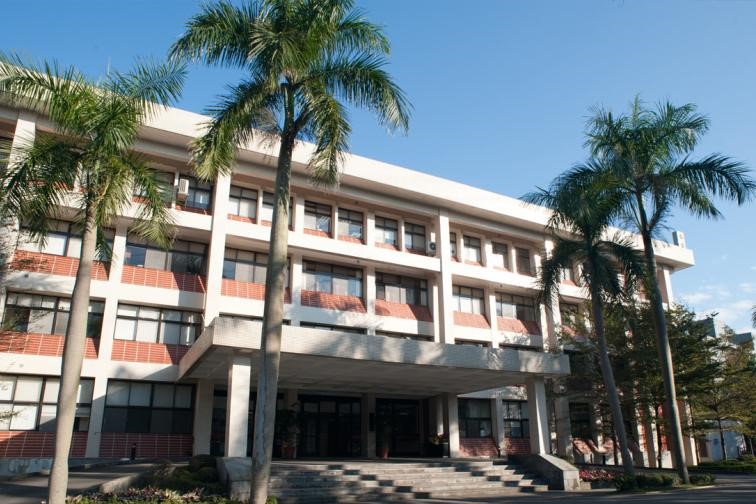- 演講或講座
- 生物多樣性研究中心
- 地點
臺灣師範大學公館校區理學院大樓 F210
- 演講人姓名
白喬楠先生 (TIGP博士候選人)
- 活動狀態
確定
- 活動網址
Assessment of Typhoon Effects on Forest Dynamics through Remote Sensing in Fushan, Taiwan
Abstract
Permanent plots and remote sensing have permitted studies of many aspects of forests ecology and led to numerous advancements in our understanding of forest dynamics. Frequent large scale disturbances are important drivers of forest dynamics through their effects on forest structure, and processes. However, the landscape-representation of the current forest plots, and the comparability of tropical cyclone effects and the comparability of commonly used vegetation indices based on remote sensing in assessing disturbance effects remain unclear.
This study used remote sensing techniques and common vegetation indices to assess the effects of five major typhoons on the Fushan Experimental Forest (FEF), a subtropical rainforest in northern Taiwan. First, it examined the landscape-scale representativeness of the Fushan Forest Dynamics Plot (FFDP) and alternative plot designs based on wider altitudinal gradient and different shape. Then, the effects on the FEF of the five typhoons were compared in relation with their characteristics (e.g., wind speed and direction) and topographical variables (e.g., slope, elevation). The relationship between typhoon damages frequency and intensity was also assessed. Finally, the consistency of four vegetation indices responses was examined across the five typhoons.
The current permanent plot represented a small part of the vegetation cover diversity across the FEF. Although vegetation indices did not change similarly in the FEF and the FFDP after typhoon passages, there was no trend for under- or over-exposure of the forest plot to typhoon damages across the five events.
The use of minimum Euclidian distances as a representativeness metric demonstrated that the current plot was a better approach to landscape disturbances representation than alternative sampling designs. Furthermore, the comparison of the five typhoons indicated that spatial distributions of damages within the FEF varied greatly across events, as most correlations were low among events. Topography-damage relationships appear to be complex within the FEF as typhoons with similar tracks and strengths did not have comparable damage distributions. Nevertheless, typhoons also had consistent effects such as increasing heterogeneity, and positive relationships between pre-typhoon vegetation cover and disturbance strength, and between typhoon frequency and intensity. Finally, this study showed that the use of multiple vegetation indices is necessary when assessing typhoons disturbances as sensitivity of individual indices to vegetation change did not remain consistent among events.
Forest dynamics are bound to be affected by changes in intensity and frequency of tropical cyclones. This study concludes that the current plot in northern Taiwan is a good representation of typhoon disturbances in its immediate landscape but that findings from the plot should be upscaled with caution. However, further studies focused on multiple cyclones are necessary to understand the complexity of cyclone-landscape interactions that vary among events, even when they have comparable tracks.









 首頁
首頁

